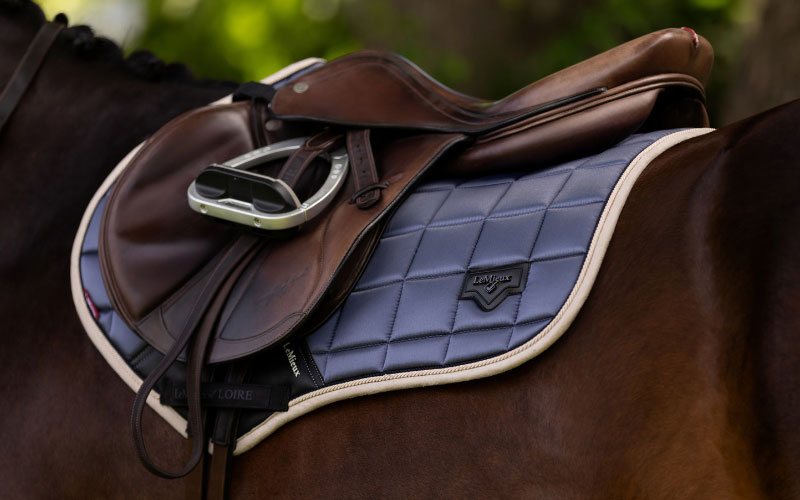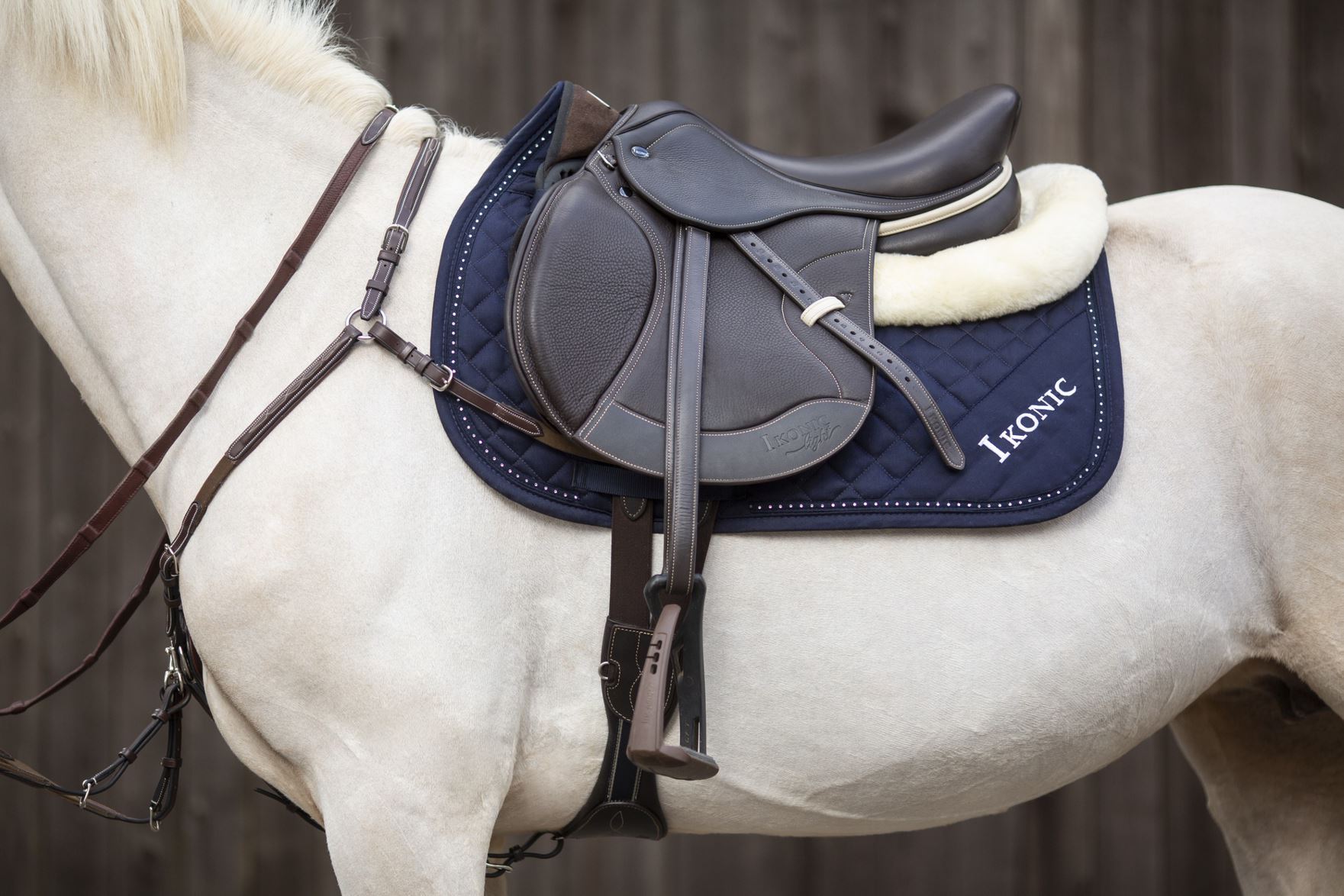In the world of equestrian sports and horseback riding, the right piece of tack can make a tremendous difference. This critical component ensures that the saddle remains securely in place while the horse moves. Today, well delve into the intricacies of which piece of tack used on a horse stops a saddle moving forward, providing insights approved by equestrian experts, and revealing why it plays a pivotal role in your riding experience.
Understanding the various tack options available is vital for ensuring a safe and comfortable ride for both horse and rider. The cornerstone of preventing a saddle from moving forward lies in using the right tack with tremendous technology that has been meticulously designed and tested.

What is a Horse Tack?
Horse tack refers to all the equipment and accessories used to outfit a horse. This includes saddles, bridles, stirrups, and more. Each piece of tack serves a specific purpose, and together, they enhance the riding experience by ensuring the horses comfort and the riders control.

The Problem of Saddle Slippage
Saddle slippage is a common issue faced by equestrians, especially during vigorous riding activities. A saddle that constantly slides forward can cause discomfort to the horse and pose safety risks for the rider. Addressing this issue is essential for maintaining a harmonious and effective riding partnership.
Why Saddles Move Forward
Saddles can move forward for several reasons, including the horses conformation, the type of saddle used, and incorrect saddle fitting. Other factors such as the riding discipline and the horse’s movements also contribute to this problem.

Buckle Down with a Breastplate
One of the most approved and effective tacks that prevents a saddle from moving forward is the breastplate. This piece of tack is designed to attach to the front of the saddle and the horse’s chest, creating a barrier that keeps the saddle securely in place.
Types of Breastplates
There are several types of breastplates available, each with unique features tailored to different riding needs:
- Hunting Breastplate
- 5-Point Breastplate
- Polo Breastplate
Understanding the Billet Strap
The billet strap is another piece of tack that plays a significant role in securing the saddle. This strap attaches the saddle to the girth, ensuring that it remains in place during the ride. Properly adjusting the billet strap is crucial to prevent saddle slippage.
Correct Adjustment Techniques
Adjusting the billet strap correctly involves making sure it is neither too tight nor too loose. This balance is essential to provide the right amount of tension to keep the saddle in place while ensuring the horse’s comfort.
Padded Girths for Enhanced Security
Padded girths are designed to add an extra layer of security to the saddle. These girths distribute pressure evenly across the horses belly, preventing the saddle from sliding forward. They are often used in conjunction with other tack to provide a comprehensive solution to saddle slippage.
Choosing the Right Girth
When selecting a girth, consider factors such as the horses size, the type of riding, and the girths material. A well-chosen girth can significantly enhance the stability of the saddle.
Martingales for Added Stability
Martingales are another piece of tack used to control the saddle’s movement. They are particularly useful for high-energy activities where the saddle is prone to shifting. Martingales work by limiting the horse’s head movement, thus reducing the chances of the saddle moving.
Saddle Pads: An Extra Layer of Protection
Saddle pads provide an additional layer of protection and cushioning between the saddle and the horse’s back. They help absorb shock and prevent the saddle from digging into the horse, which can cause it to move forward.
Types of Saddle Pads
- Western Saddle Pads
- English Saddle Pads
- Gel Saddle Pads
Factors to Consider When Choosing Tack
Choosing the right tack involves considering various factors such as the type of riding, the horses conformation, and the riders preferences. It is essential to ensure that the tack fits correctly and meets the specific needs of both horse and rider.
Fit and Comfort
The fit and comfort of the tack are paramount to preventing saddle slippage. Ill-fitting tack can cause discomfort to the horse and lead to behavioral issues during riding. Always ensure that the tack is properly adjusted and regularly checked for signs of wear and tear.
Maintaining Your Tack
Regular maintenance of your tack is crucial to ensure its longevity and functionality. This includes cleaning, conditioning, and inspecting each piece for damage.
Cleaning Techniques
Cleaning your tack regularly will keep it in good condition and extend its lifespan. Use appropriate cleaning products and follow the manufacturer’s instructions to avoid damaging the materials.
For more details on the different aspects of maintaining horse tack, you can check this guide.
Inspection and Replacement
Regularly inspect your tack for signs of damage, such as frayed edges or weakened materials. Replace any faulty components promptly to prevent safety issues.
FAQs
1. What is the primary purpose of a breastplate?
The primary purpose of a breastplate is to prevent the saddle from shifting forward during the ride. It attaches to the front of the saddle and the horse’s chest, creating a secure fit that keeps the saddle in place.
2. How do I choose the right billet strap?
When choosing a billet strap, consider the horses size and the type of riding. The strap should provide the right amount of tension to keep the saddle secure without causing discomfort to the horse.
3. Can saddle pads help prevent saddle slippage?
Yes, saddle pads can help prevent saddle slippage by adding an extra layer of protection and cushioning. They absorb shock and distribute pressure evenly, reducing the chances of the saddle moving forward.
For more information on horse tack, visit our homepage.
Resources
To learn more about horse tack and riding accessories, you can explore resources such as Dapper Horse and Tally Ho Tours.
As an Amazon Associate, I earn from qualifying purchases.
